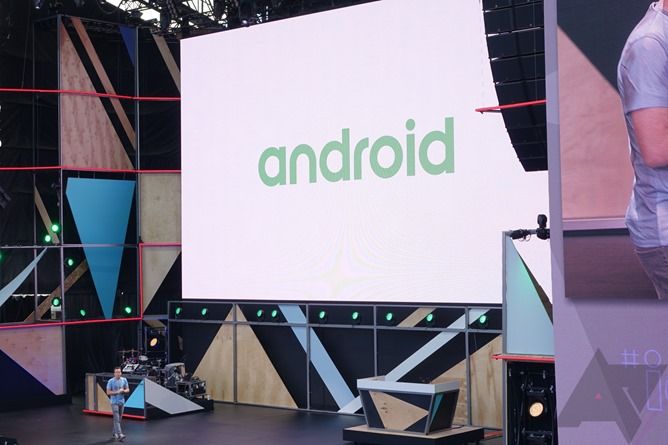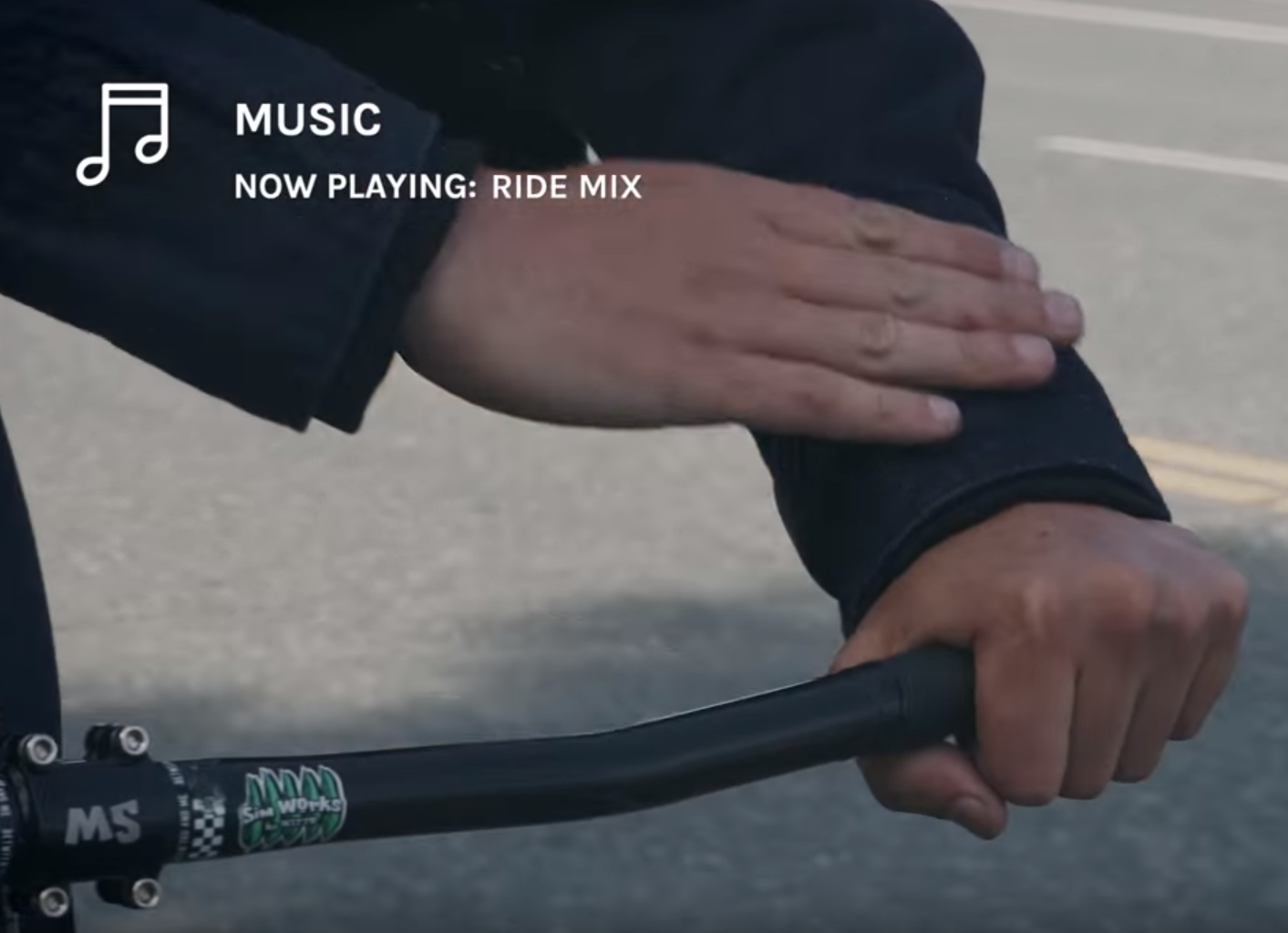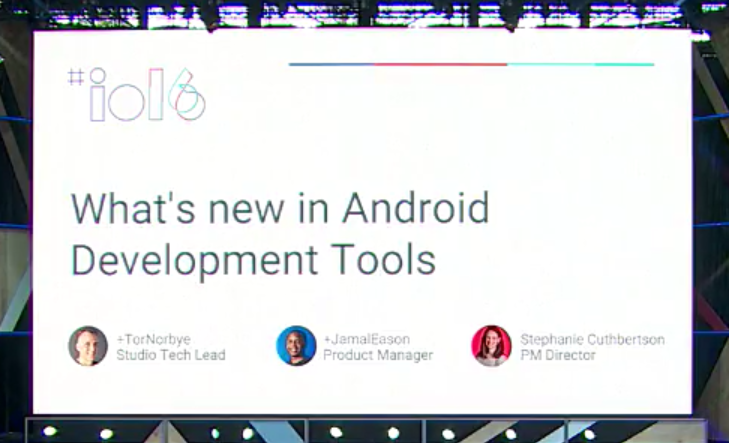latest
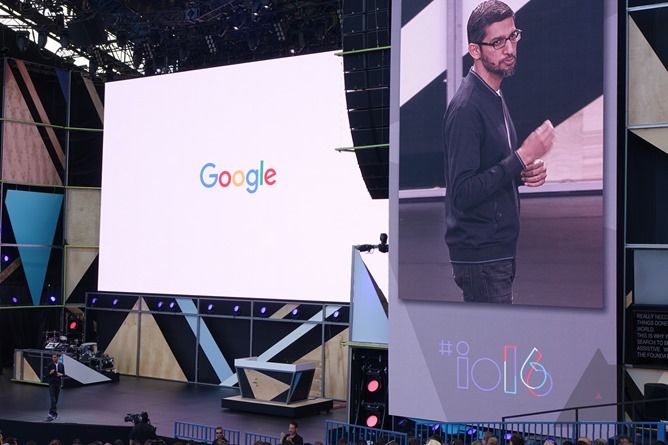
Looking to get your head around the majority of the announcements at Google I/O? We've got a video for that. Our summary of all the announcements from the keynote and day one of the show will catch you up with the major happenings at I/O 2016, with our very own Mark Burstiner.
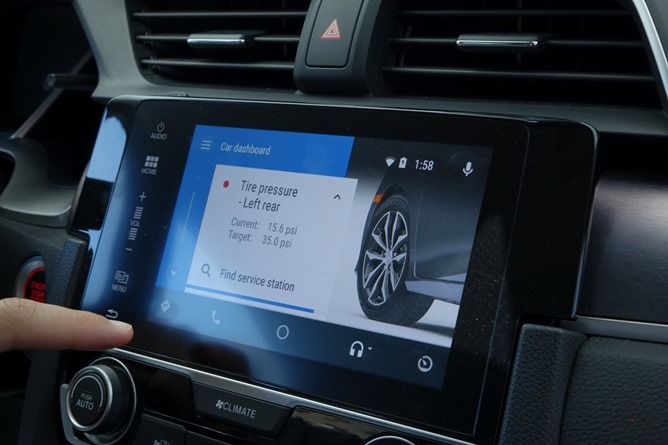
Android Auto is quite possibly shaping up to be the dark horse in Google's larger Android family. At I/O 2016, Google announced more new Android Auto features than it ever has before, including the much-demanded wireless mode which will finally see Android Auto freed from the tether of a USB cable (if that's something you're into).

Cloud storage is pretty awesome for keeping files available across all of our gadgets while freeing up space on mobile devices. Unfortunately, accessing files in the cloud creates a layer of indirection that may complicate things a little bit, but things become even more complicated when the Storage Access Framework adds yet another layer to the equation. Historically, the SAF could only serve up files that were stored locally, which meant they had to be downloaded and stored before a URI could be returned to the requesting app. That took time and wasn't always necessary, depending on what the client really needed. Android N adds an alternative that may be useful in these situations: virtual files.
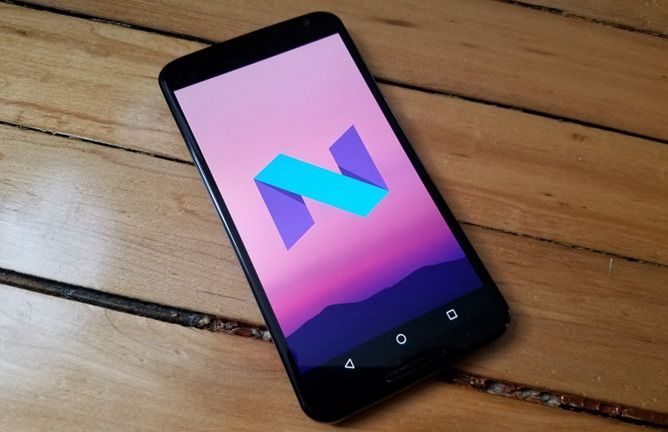
Speaking to Google at the Android team's office hours event, we learned that Android N's new seamless update feature, borrowed from Chrome OS, will not be introduced on any current Nexus devices. While the benefits of seamless updates' usage of dual system partitions to allow OS updates to proceed in the background are substantial, they're also a bit of a technical bear to put on existing smartphones. Implementing seamless updates on the Nexus 5X or 6P, for example, would require repartitioning the entire phone, and wouldn't be possible for an end user to complete without hooking the phone up to a computer, allegedly - it would just be a pain, in short. While references to seamless updates have been found in the latest N developer preview, it was confirmed to us that these have no bearing on existing devices getting seamless updates.

There's an unsurprising correlation between developers that respond to reviews and the average ratings on their apps. Apps with a higher number of responses often have above average ratings, especially when they can turn an unhappy user from 1 star to 5 stars with a helpful tip. Sure, there are exceptions, especially if the responses are combative, but a few simple words can turn around the angriest of customers.
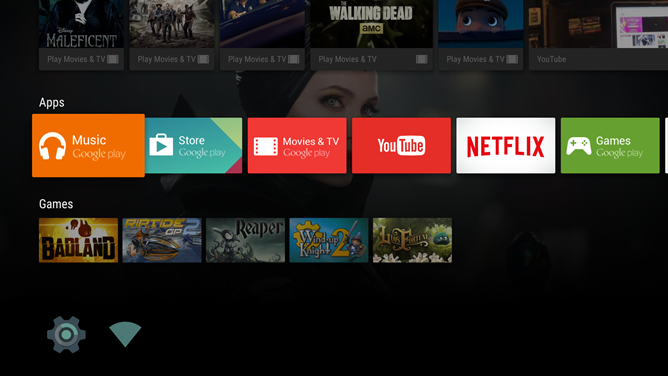
I had a quick sit-down with leads on the Android TV and Google Cast team today, and while it's not exactly a huge deal, one of Android TV's oddly lacking features came up: app star ratings and reviews. They don't exist on Android TV.
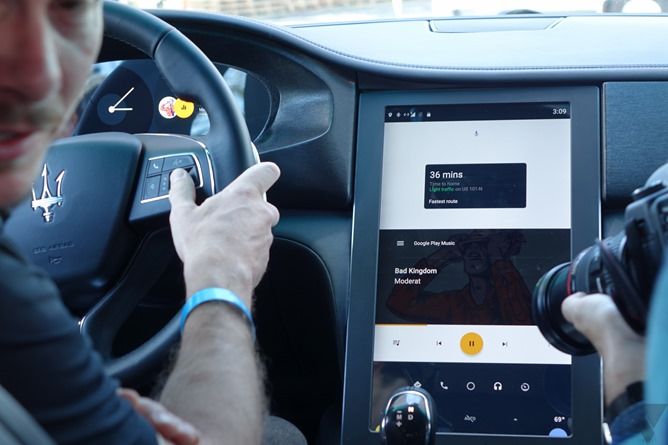
If you've read any of my articles on Android Auto, you'll know that my thoughts - for the sake of brevity - are that it's just kind of OK. This is because Android Auto's philosophy of projection via smartphone over USB and Bluetooth is inherently limited in what it can actually do with a vehicle. And so, many of you have asked on Auto articles I've written in the past: "Why doesn't Google just build an Android Car OS?" While Google may not have been listening per se, they definitely had the same idea, and have created just that. You can also check out our video quickly going over the concept below.

